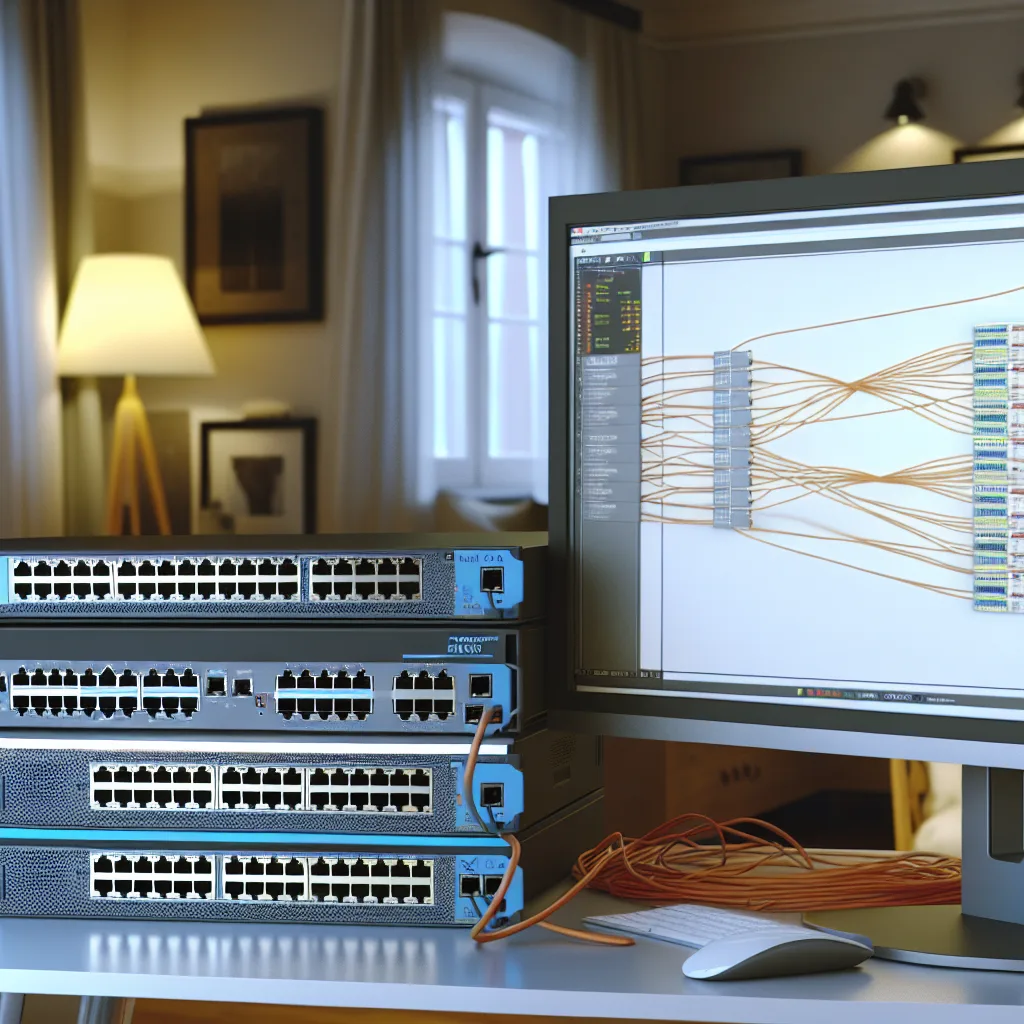Exploring the potential of a 100G network at home with VXLAN and SONiC technologies
Have you ever wondered what it’s like to run a 100G home lab? Honestly, I wasn’t sure why I needed 100G at home either, but I decided to set up a VXLAN and SONiC lab to find out what it’s all about. This journey has been both a curiosity-driven experiment and a hands-on way to understand emerging network technologies better.
What Is a 100G Home Lab and Why Try It?
A 100G home lab refers to a personal setup using networking equipment capable of 100 Gigabits per second data transfer speeds. At first glance, it seems like overkill for anything outside of a data center—but setting one up at home is a fantastic chance to explore how modern networking works at a high-performance scale.
For me, the main attraction was experimenting with VXLAN (Virtual Extensible LAN) and SONiC (Software for Open Networking in the Cloud). VXLAN is a network virtualization technology that helps stretch Layer 2 networks over Layer 3 infrastructure, letting you create huge, scalable networks that are flexible and resilient. SONiC, on the other hand, is an open-source network operating system originally developed by Microsoft for data centers. Combining VXLAN and SONiC puts you in the driver’s seat of cutting-edge network design.
Getting Hands-On with VXLAN and SONiC
Setting up a lab with VXLAN and SONiC at home isn’t just about hardware; it’s about understanding these technologies under the hood. The 100G speed becomes important here because it lets you push real workloads that mimic enterprise environments without hitting bottlenecks.
Since SONiC runs on merchant silicon switches and supports VXLAN, I could simulate complex topologies like spine-leaf architectures and test network functions that are common in large data centers. This setup is a playground for anyone wanting to sharpen their networking skills or build a resum�e9 with practical experience.
Why VXLAN and SONiC Matter
VXLAN bridges and tunnels help network traffic flow smoothly across different parts of a big network without interruptions. They’re especially crucial when dealing with multi-tenant environments or hybrid cloud setups. SONiC, with its modular design and open ecosystem, offers the flexibility to customize network behavior and troubleshoot issues that proprietary OSes might hide from you.
If you want to learn more about VXLAN, Cisco’s docs provide a solid introduction Cisco VXLAN Overview. And to dive into SONiC, the SONiC Project on GitHub has extensive resources to get started.
What I’ve Learned and What’s Next
Running a 100G home lab isn’t cheap or simple, but it’s rewarding. I’ve gained hands-on experience with network design, troubleshooting, and performance tuning that you just can’t get from theory alone. Plus, it’s set me up to be ready for job roles needing advanced networking skills.
If you’re curious and have a bit of room and budget, I’d say giving a 100G home lab a try is worth it. Even if you don’t fully utilize the speed, the learning curve and exposure you get from working with VXLAN and SONiC can open doors.
For those thinking this sounds intense but exciting, check out these labs and resources from tech communities and hardware vendors. It’s all about starting small and building your network knowledge from there.
- Learn more about VXLAN on Juniper Networks.
- Explore SONiC practical use cases on Microsoft Docs.
Happy networking, and remember: sometimes the best way to understand technology is just to dive in and try it yourself!
